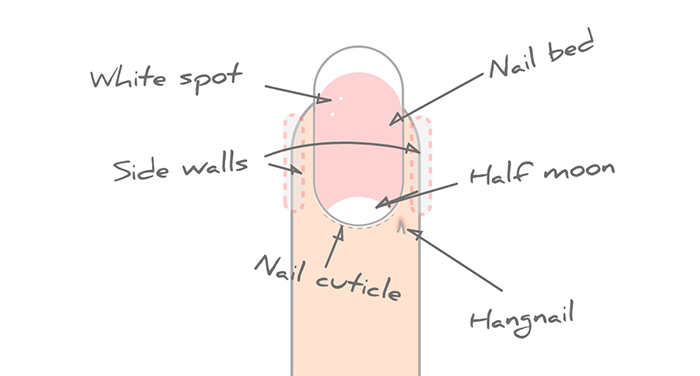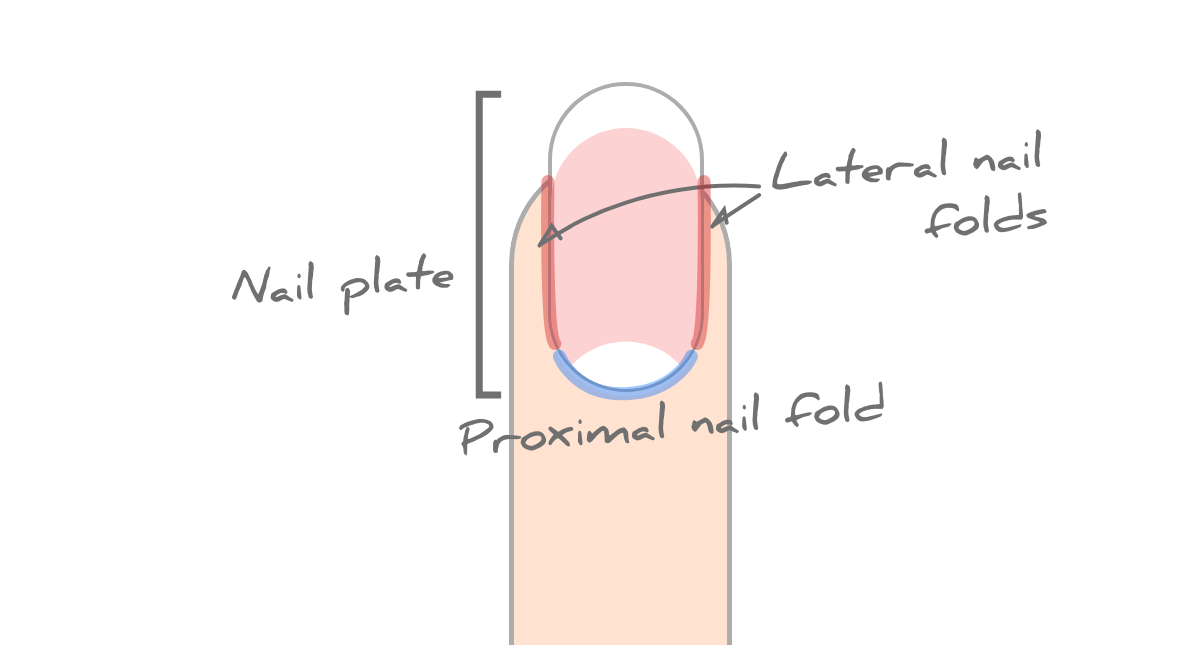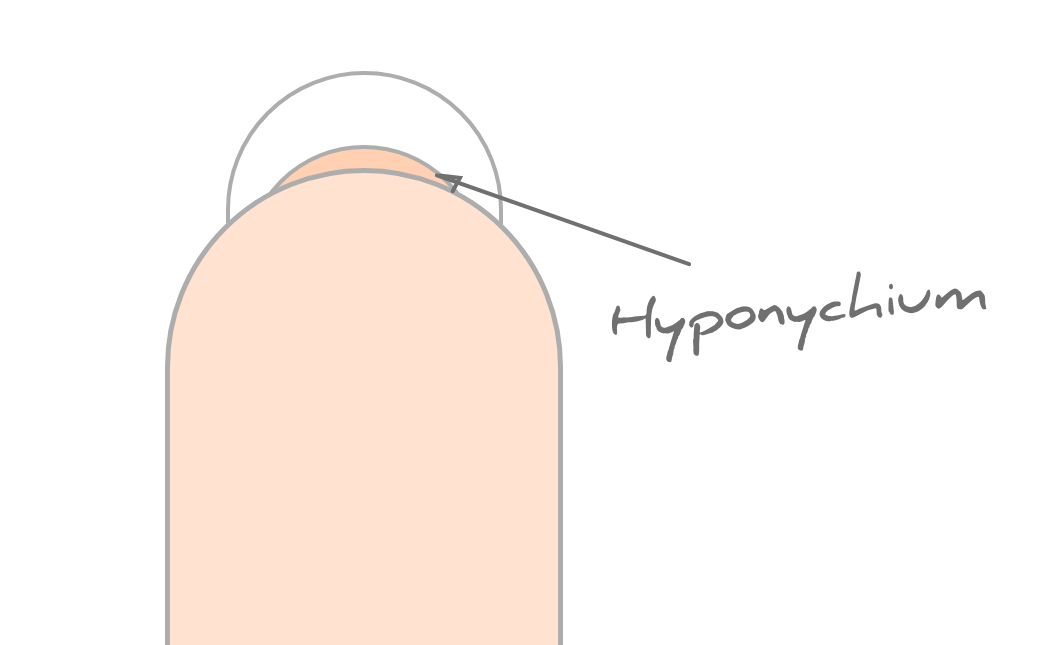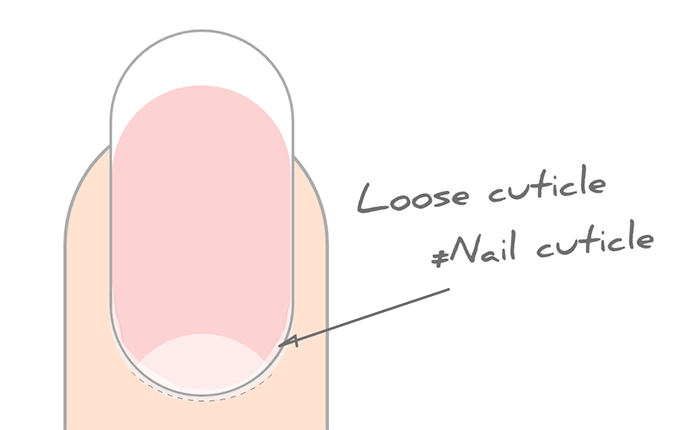Nail Anatomy for Professional Nail Technicians

What disappoints me is that most online articles lump together the nail cuticle and the loose cuticle. The one that should be removed is the loose cuticle, but the nail cuticle should not be removed for the health and safety of the nails.
Accurate knowledge leads to proper nail care.
Let's move on.
White Spot.

White spots on the nails, often referred to as leukonychia, can appear for various reasons. Nutritional deficiencies, allergic reactions to nail polish or other chemicals, or certain medical conditions can cause these spots, but these spots are harmless in most cases.
Side Walls.
The sidewalls on the fingertips are the areas of skin that run along the sides of the fingernails.
Nail Cuticle.
The nail cuticle is the thin layer of skin at the base of the nail. It serves as a protective barrier, sealing the area at the base of the nail to protect it from bacteria and other harmful agents.
Nail Bed.
The nail bed is pinkish-colored soft tissue under the nail plate.
Half-moon.
The half-moon, also known as the lunula(in Latina), is a white, crescent-shaped area at the base of the nail.
Hangnails.
Hangnails on the skin refer to small, torn pieces of skin, typically found at the sides of the nails. These can be painful and prone to catching on clothing or other materials, leading to further tearing and discomfort.
While hangnails on the nail plates are firm and sometimes starts to tear from the nail itself. It is more troublesome than hangnails that occur on the skin.
Nail Plate.

The nail bed is the entire nail made of keratin, which is composed of three layer.
The nail bed is composed of three layers, with the top and bottom layers consisting of thin horizontal fibers, while the middle layer's fibers run vertically, providing strength and stability to the structure.
Proximal Nail Fold.
The proximal nail fold refers to the fold of skin at the base of the nail, where the nail and the skin meet.
Lateral Nail Fold.
The lateral nail folds are the areas of skin located on the sides of the nail plate.
Hyponychium.

The hyponychium is the area of thickened skin located beneath the free edge of the nail. This region serves to protect the underlying tissues and prevent the entry of foreign particles and microorganisms.
This area also has the role of supporting the free edge of the nail. Its gtowth depends on the length of the free edge.
Nail Matrix.

The nail matrix is the tissue at the base of the nail, responsible for producing cells that become the nail plate. It plays a vital role in the growth and development of the nail, making it a crucial area for maintaining overall nail health.
Free Edge.
The free edge is the outer, unattached edge of the nail that extends past the fingertip. This part of the nail is often trimmed and shaped during manicures to achieve the desired length and style.
Stress Point.
The stress point in the context of nails typically refers to the area where the free edge of the nail and the nail bed meet. This point is susceptible to damage and cracking, particularly when subjected to excessive pressure or trauma.
Loose Cuticle.

The loose cuticle is located near the proximal nail fold and is essentially dead skin. If the loose cuticle accumulates on the nail plate, it can cause the skin around the nail cuticle to grow and be pulled forward, resulting in the skin sticking to the nail plate. This can lead to the formation of hangnails and give the impression of shorter nails.
- nail
- Structure of Nail.